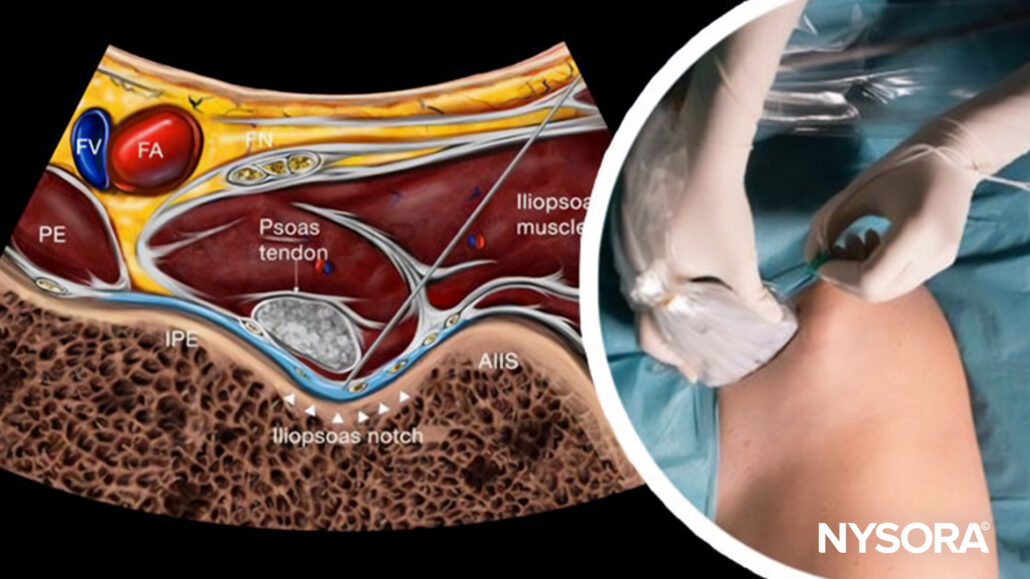
New Insights into PENG Block: 3D CT Scan Study on Injectate Spread
Introduction
The pericapsular nerve group (PENG) block has emerged as a significant advancement in regional anesthesia, particularly for patients undergoing hip surgery. This motor-sparing analgesia technique was initially conducted in cadaver studies, which suggested its effectiveness in targeting specific nerve branches associated with the hip joint. The current study by Balocco et al. leverages 3D CT scan imaging to evaluate the distribution of local anesthetic in living patients, providing critical insights into the mechanism and efficacy of the PENG block.
Rationale
- The PENG block is believed to target the articular branches of the femoral and accessory obturator nerves, providing analgesia to the hip joint.
- Prior investigations primarily utilized cadaver models, revealing that local anesthetics could reach the desired nerve branches. However, reports of quadriceps muscle weakness in clinical settings prompted further exploration into the actual spread of the injectate in live patients.
Materials & Methods
- Ten patients scheduled for hip surgery were enrolled. Inclusion criteria included patients over 18, with an ASA physical status of I to III, and without severe systemic diseases.
- Patients received an ultrasound-guided PENG block using 20 mL of a mixture of 0.5% ropivacaine and radiopaque contrast. Following the block, a high-resolution CT scan provided a three-dimensional reconstruction of the injectate distribution.
- The block was administered with the patient in a supine position. Using ultrasound guidance, the needle was inserted to the plane just lateral to the psoas tendon. Following bone contact, the needle was slightly rotated to optimize injectate spread and avoid intramuscular injection.
Results
- The injectate was mainly confined to the epimysium of the iliacus and the psoas muscle, with a minor spread to the hip capsule.
- Contrast dye was detected within the iliacus and/or the psoas muscle in all patients.
- No spread was observed to either the subpectineal plane or the obturator foramen.

Three-dimensional CT scan images demonstrate the pelvic contrast spread (indicated in green) observed after pericapsular nerve group blocks. Note the lack of involvement of the obturator foramen (*).
Discussion
- The CT imaging suggests that the PENG block’s analgesic effects are primarily due to the blockade of femoral nerve branches within the iliopsoas muscle.
- Unlike cadaver studies that suggested a broader spread, including the obturator nerve, the current study shows a more confined spread, which could be due to physiological differences between living tissue and cadaver specimens.
Clinical Implications
- The PENG block provides effective pain relief, likely by targeting femoral nerve branches without significant spread to the obturator nerve.
- Ensuring precise needle placement and considering potential tissue resistance is crucial for optimizing the block’s efficacy.
Conclusion
The study by Balocco et al. underscores the PENG block’s role in providing effective analgesia by primarily blocking femoral nerve branches within the iliopsoas muscle. The injectate’s distribution pattern did not extend to the obturator nerve or the anterior hip capsule. The findings challenge some assumptions from cadaver studies, emphasizing the need for further research to explore how the volume of injectate influences the extent of femoral nerve involvement in PENG block procedures.
Refer to the full Regional Anesthesia and Pain Medicine article for more detailed information.
Balocco AL, Gautier N, Van Boxstael S, et al. Pericapsular nerve group block: a 3D CT scan imaging study to determine the spread of injectate. Regional Anesthesia & Pain Medicine Published Online First: 25 June 2024. doi: 10.1136/rapm-2024-105459.
For more information on the PENG block and the complete guide to the most frequently used nerve blocks, enroll in the Regional Anesthesia Manual e-Course on the NYSORA website or download the Nerve Blocks App HERE, and you can also find it in the book format on Amazon.




